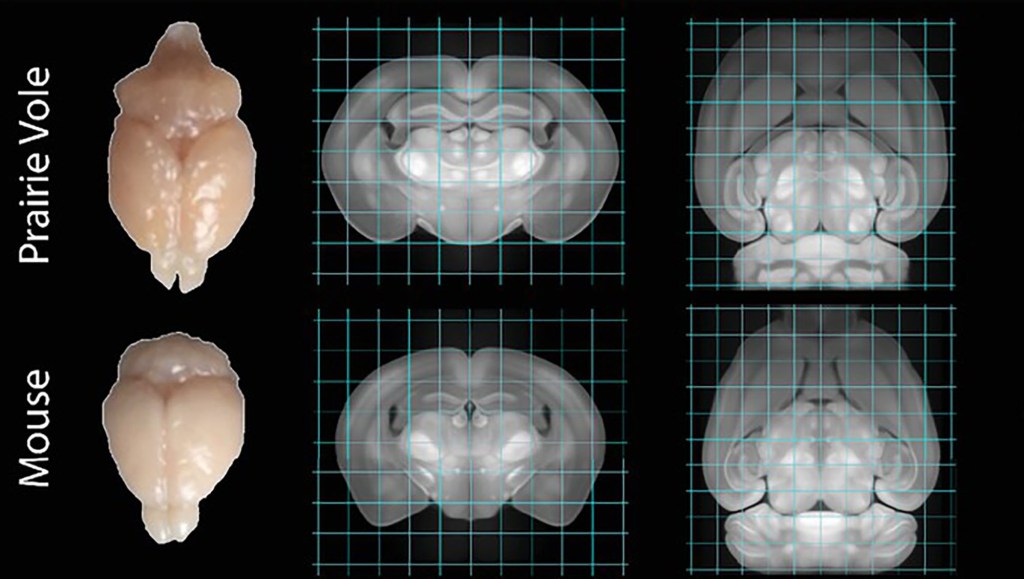Here’s how orgasms rewire the brain — and whether they really create a bond between sex partners
Contact The Author
Come again?
Orgasms aren’t just for pleasure or procreation. They’re biologically designed to enhance a long-lasting bond between sex partners, a study asserts.
Researchers from the University of Texas at Austin used groundbreaking technology to examine the brain activity of prairie voles — small, monogamous rodents — during and after orgasm.
The team, led by biology professor Steven Phelps, uncovered that the animals “experience a storm of brain activity [amid and following a climax] distributed across 68 distinct brain regions that make up seven brain-wide circuits.”
Several of those brain regions are already “known to shape bonding,” suggesting that orgasms aren’t just intended for pleasure or procreation.
The experts assert that human brains may experience similar neurological activity amid the big O.
“The brain and behavior data suggest that both sexes may be having orgasm-like responses, and these ‘orgasms’ coordinate the formation of a bond,” Phelps declared in a press release. “If true, it would imply that orgasms can serve as a means to promote connection, as has long been suggested in humans.”
The groundbreaking study was published online in the journal eLife.

While male and female brains are wired differently, Phelps and his team found “near identical” neurological activity between both sexes of the prairie voles while mating.
RELATED: Best sex toy stores of 2024: The top 24 brands to shop online
“That was a surprise,” Phelps asserted. “Sex hormones like testosterone, estrogen and progesterone are important for sexual, aggressive and parental behaviors, so the prevailing hypothesis was that brain activity during mating and bonding would also be different between the sexes.”
While the researchers could not be sure whether or not the female voles had orgasmed, they noticed heightened brain activity when their male partners reached climax.
The similar neurological activity between the males and females further indicates that orgasm (or at least a male orgasm) enhances a bond between the pair.
Human brains likely experience similar activity amid orgasm, UT Austin researchers believe.

The researchers analyzed the brains of more than 200 prairie voles, choosing the animal because they are one of the few monogamous species.
Voles form pair bonds quickly, often having sex within the first 30 minutes of a meeting. They subsequently remain monogamous and have sex frequently.
A bonded pair of voles will groom one another, comfort each other when stressed and defend their shared offspring and territory.







